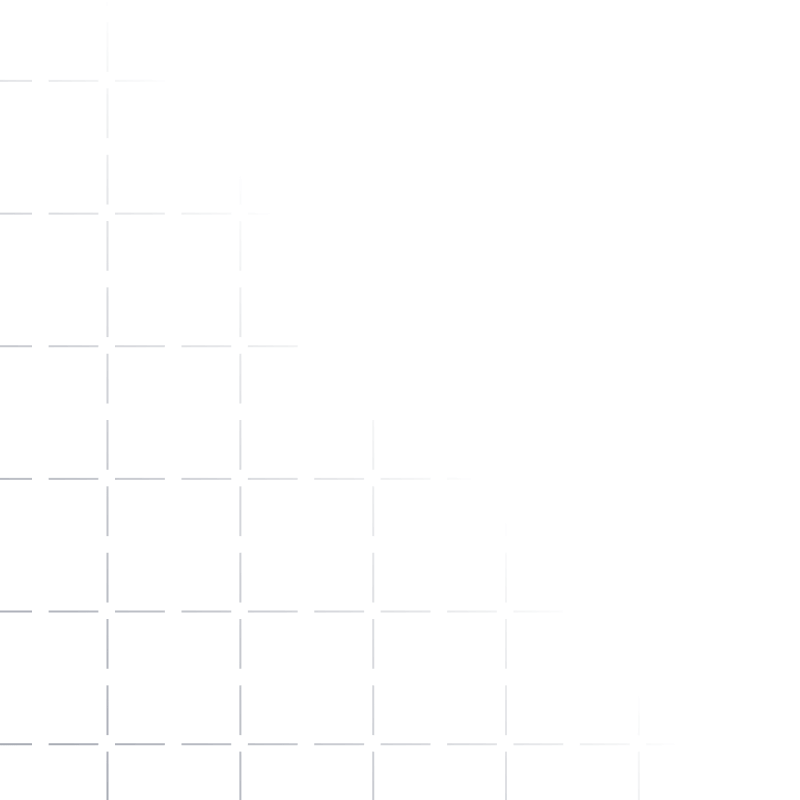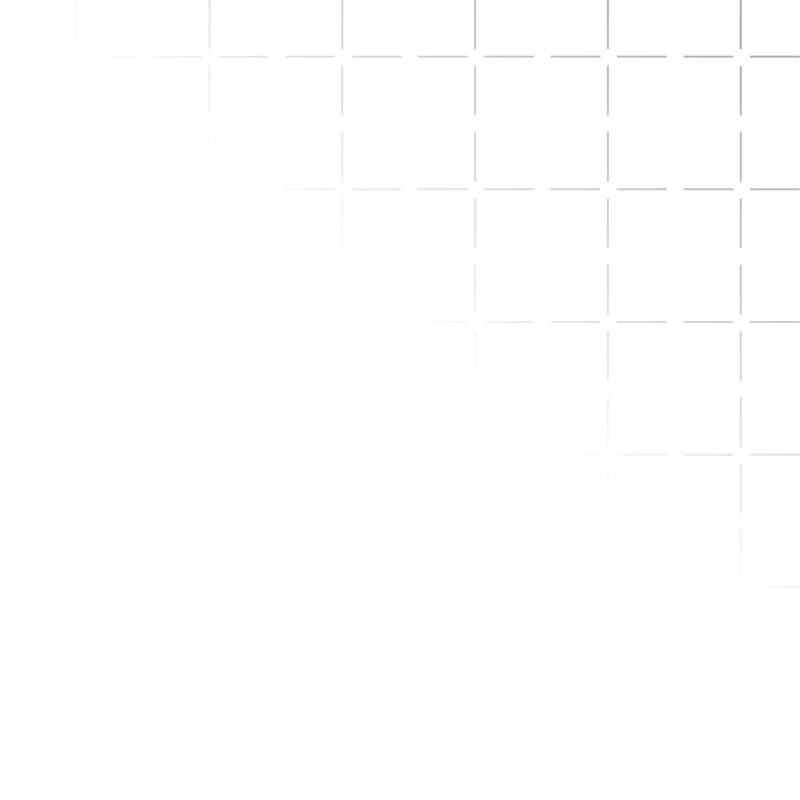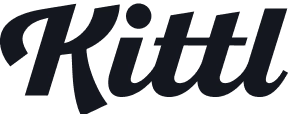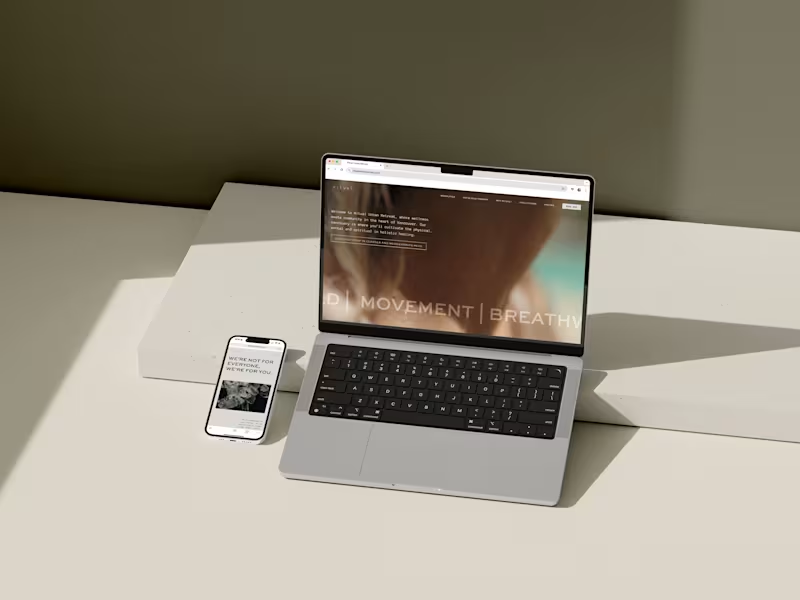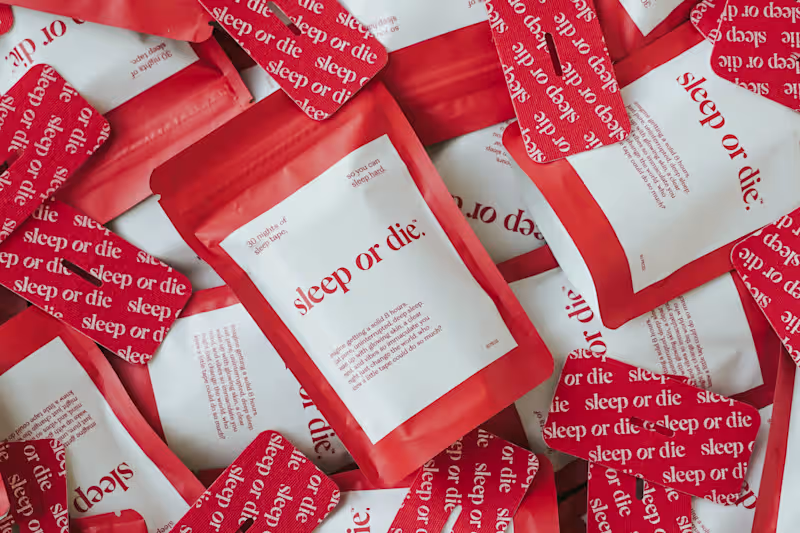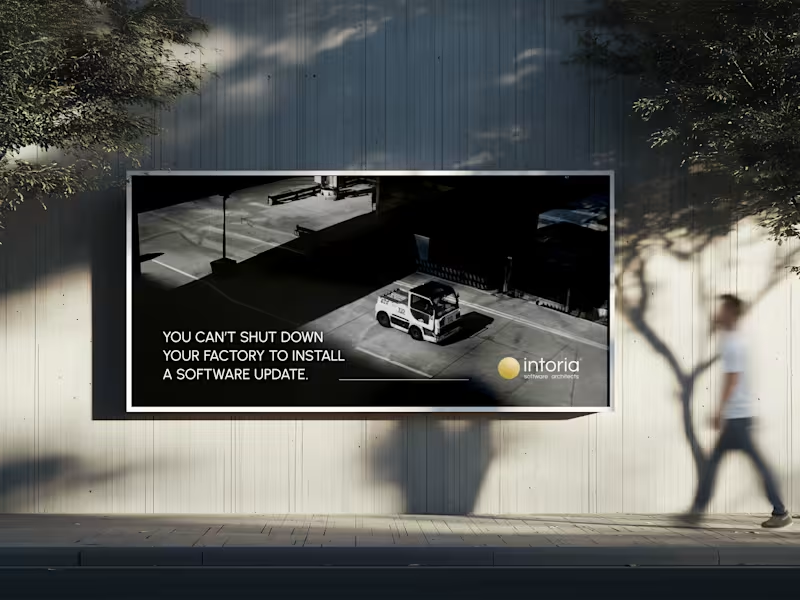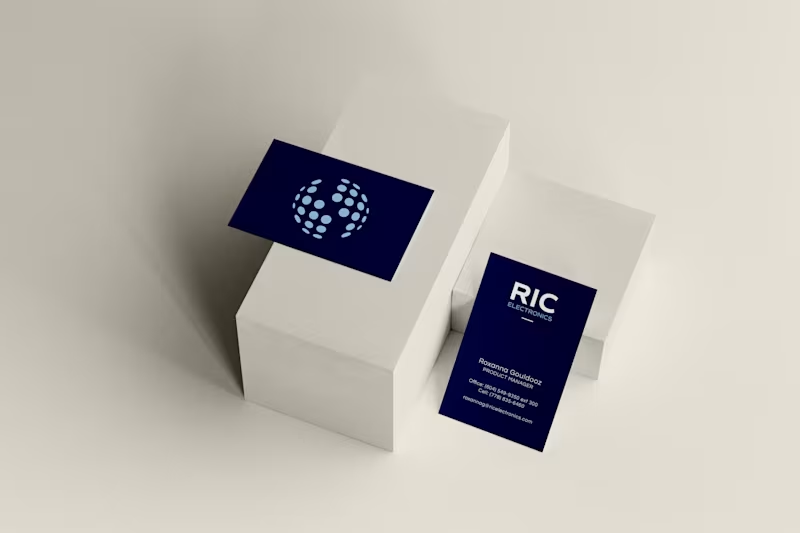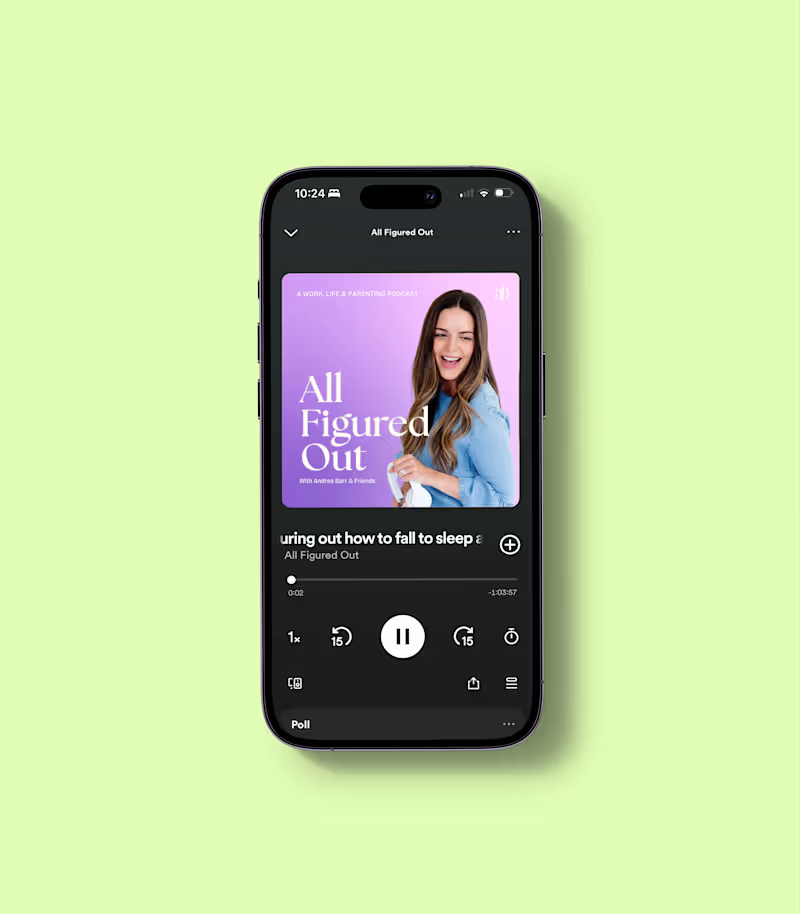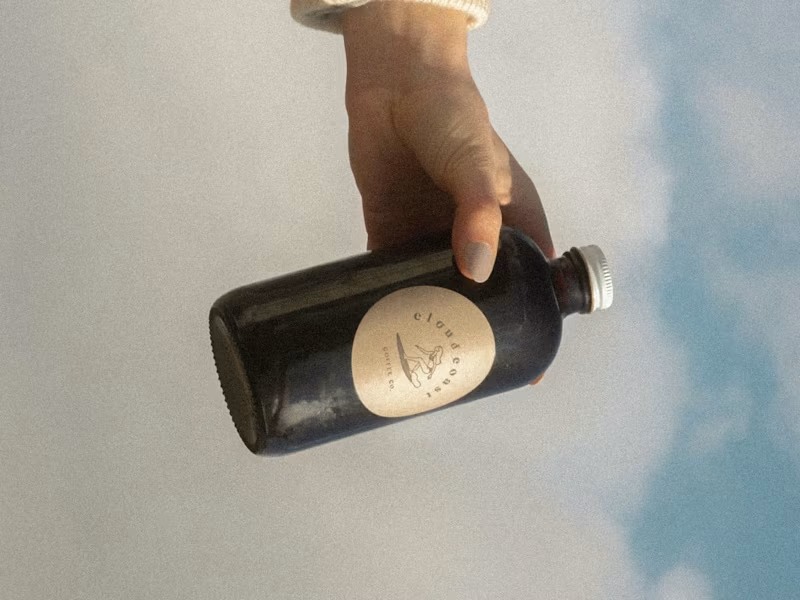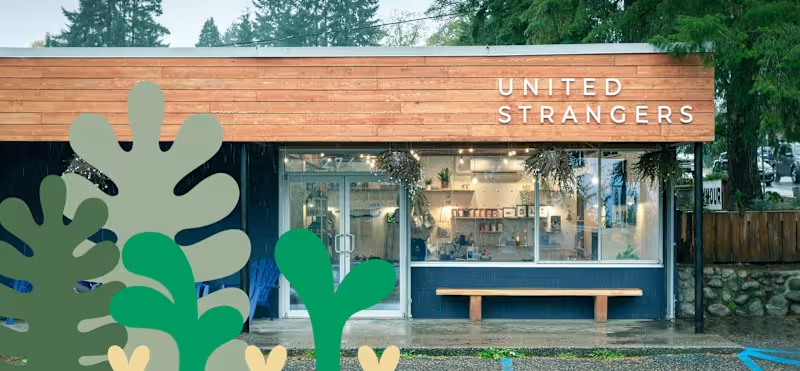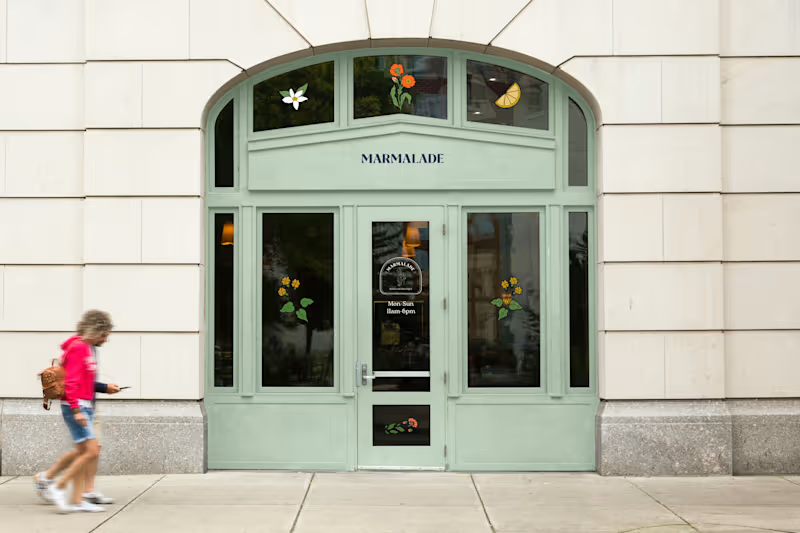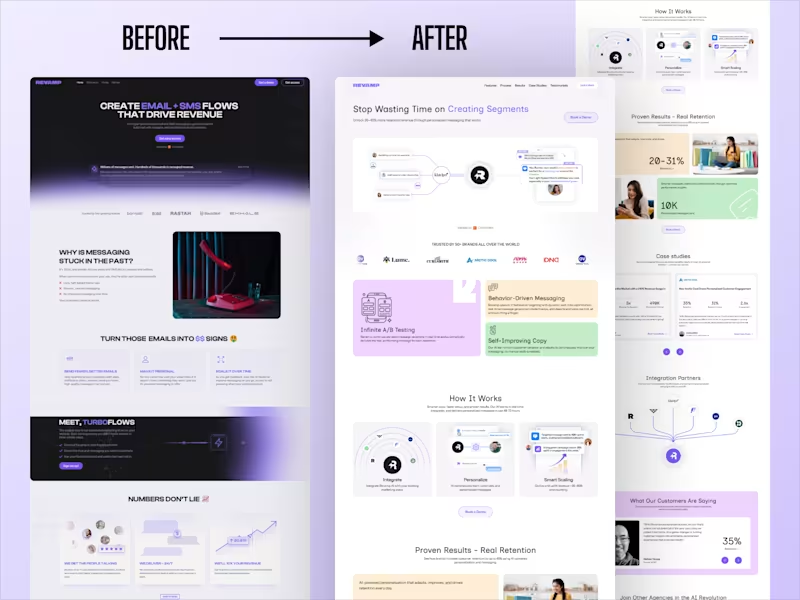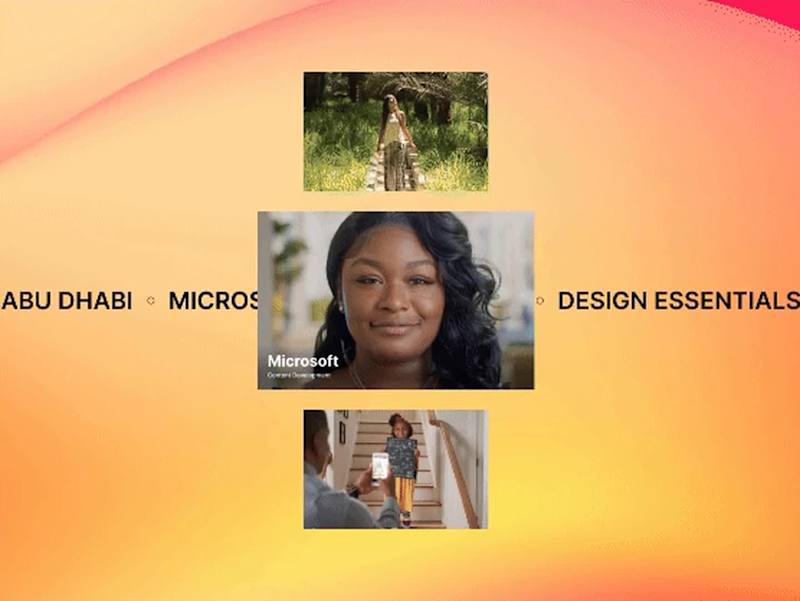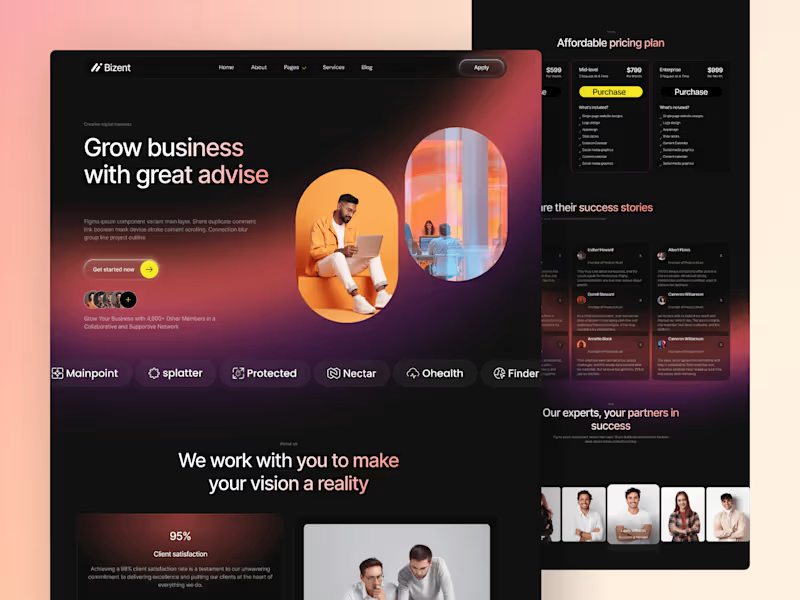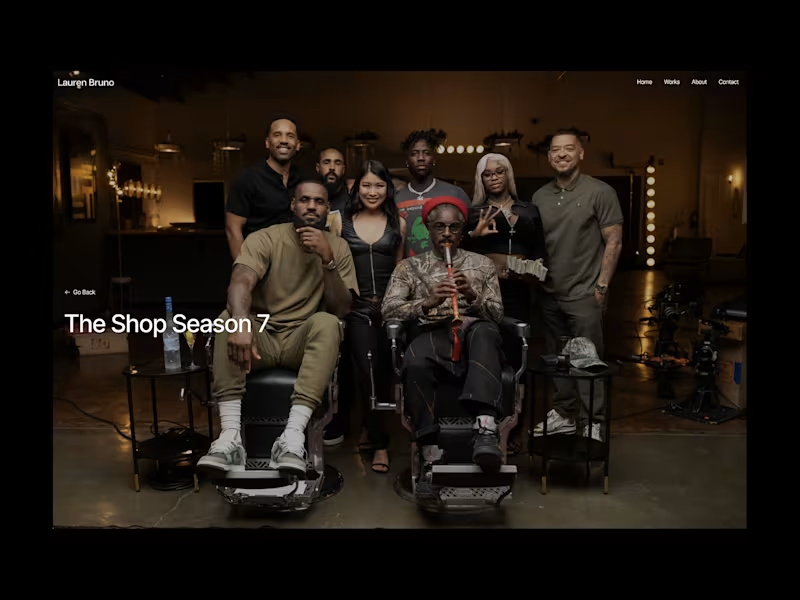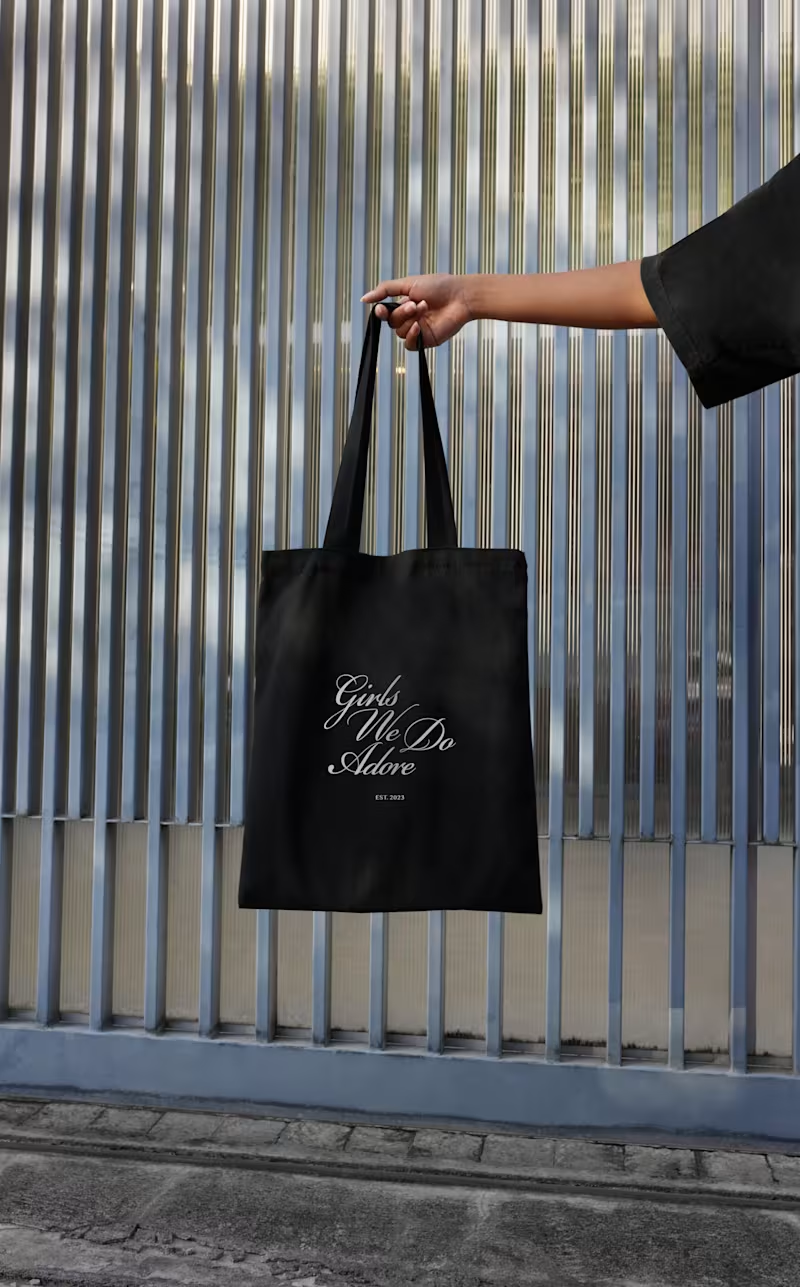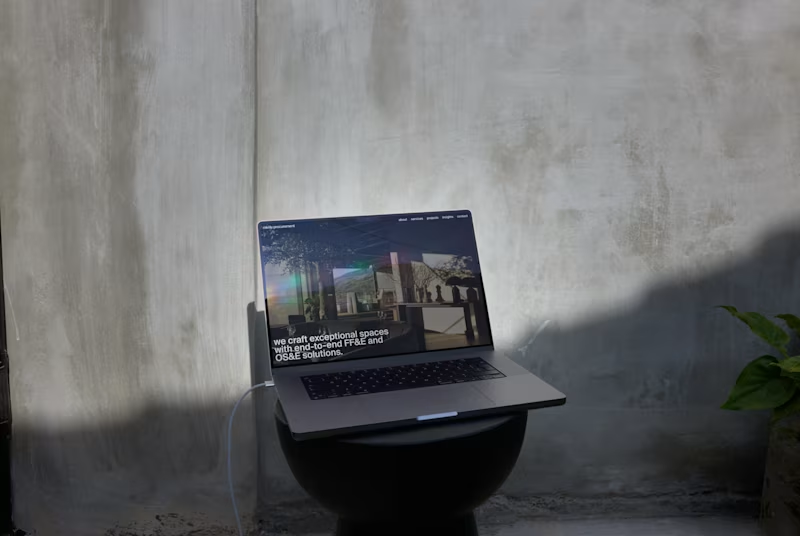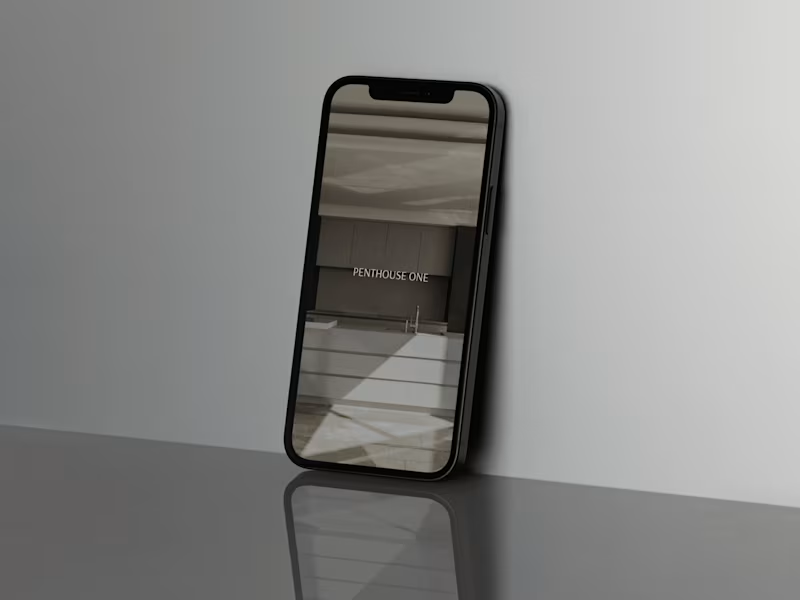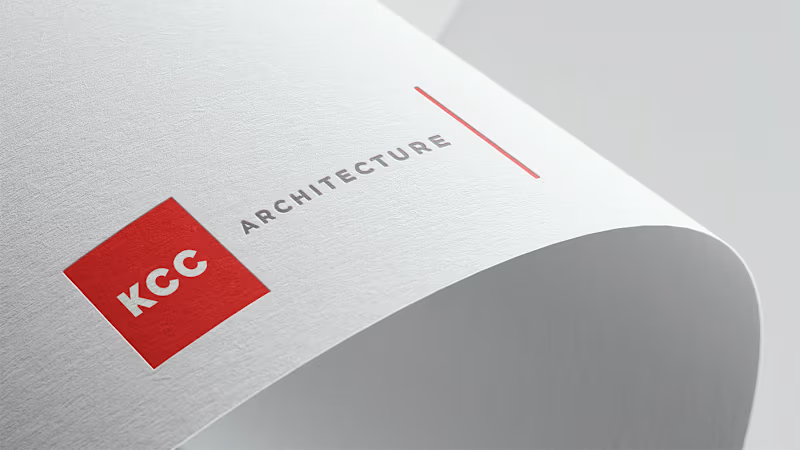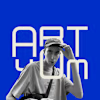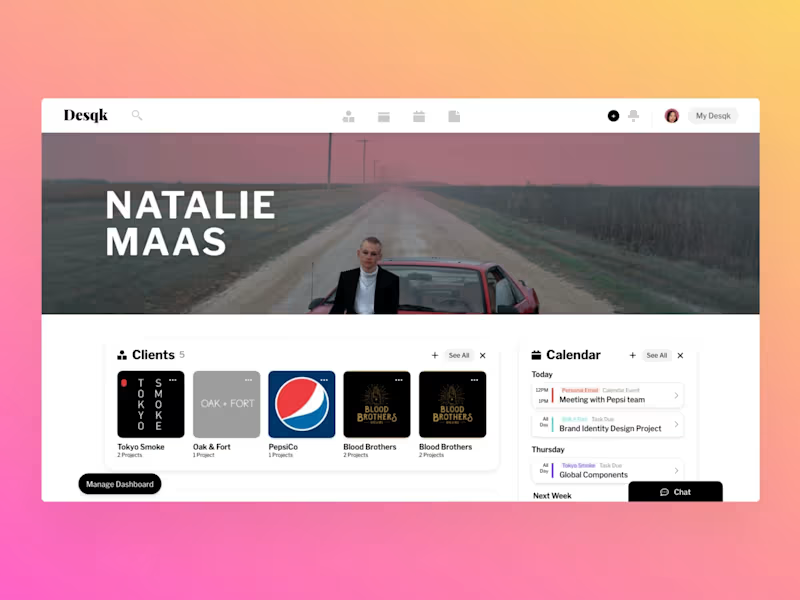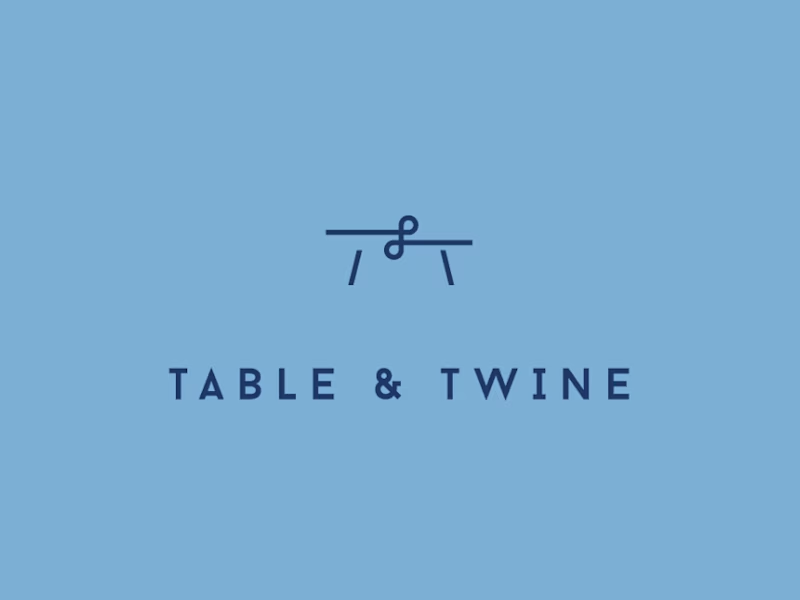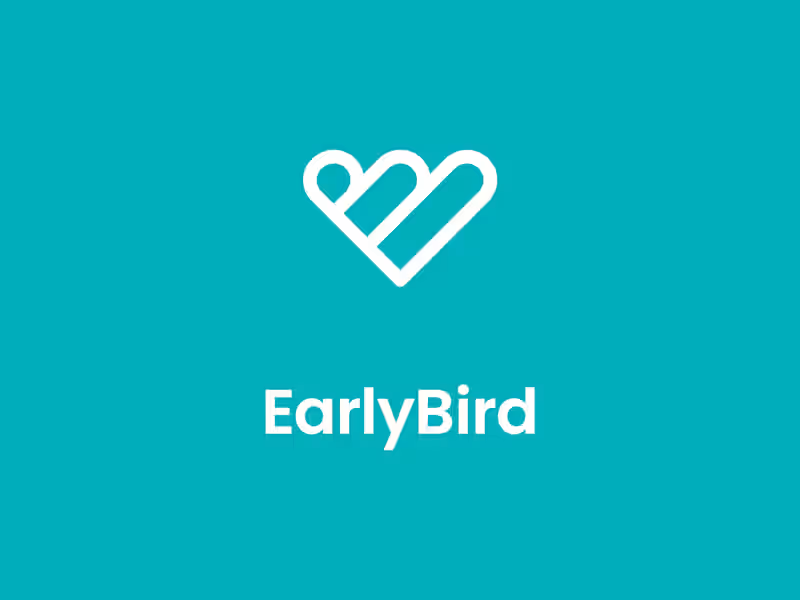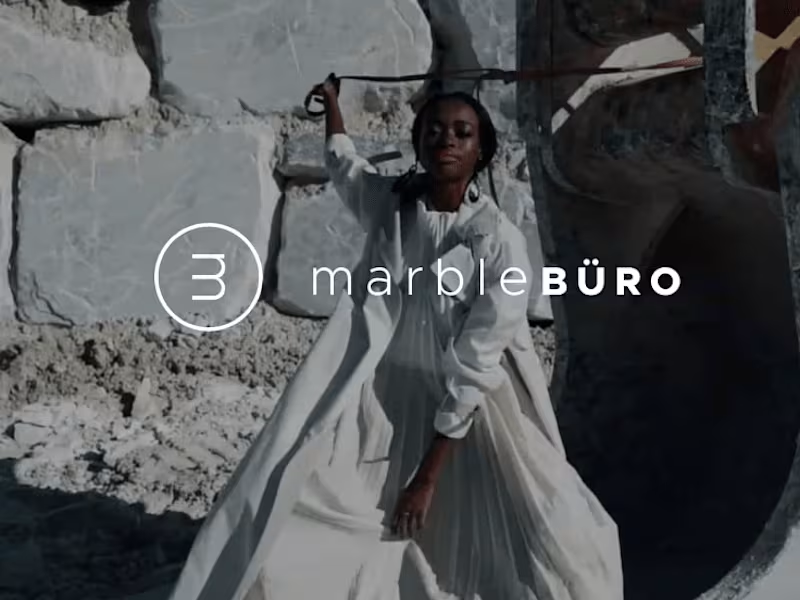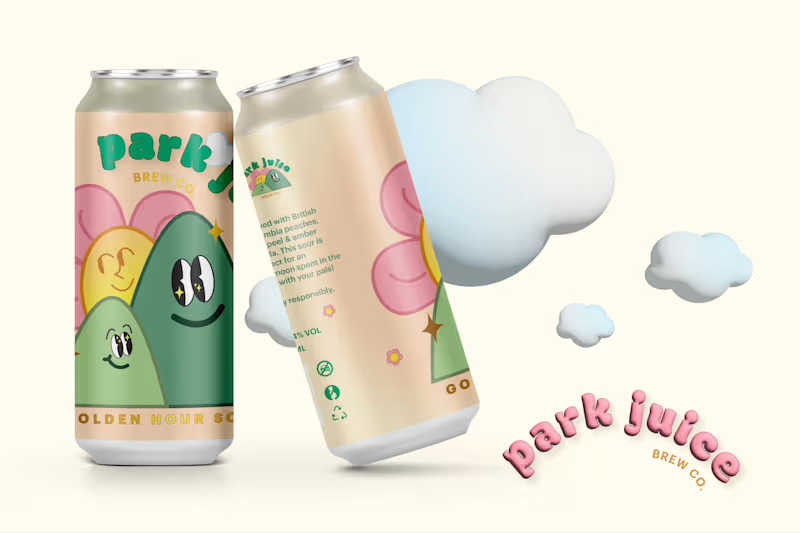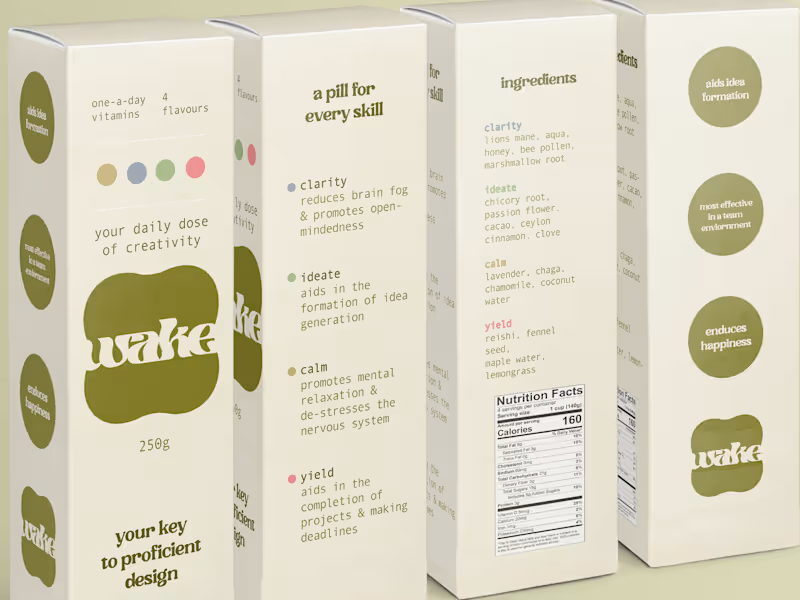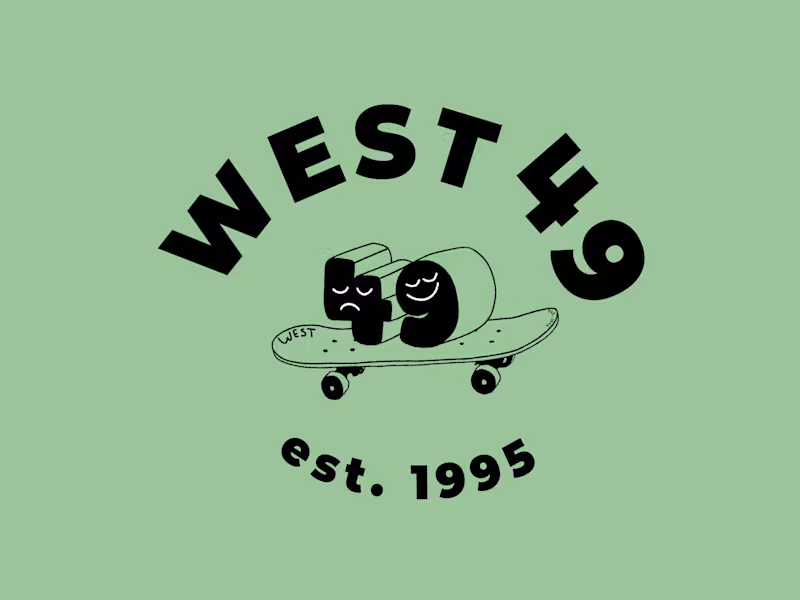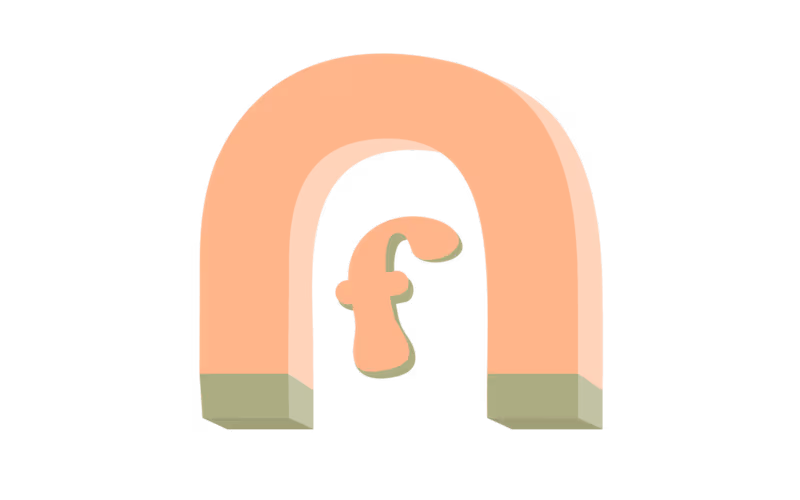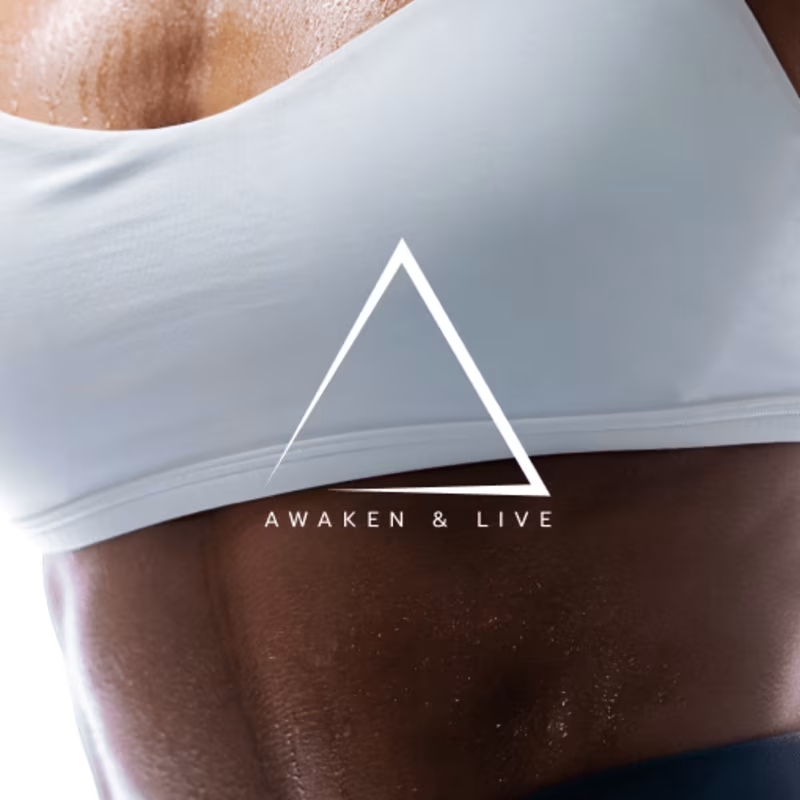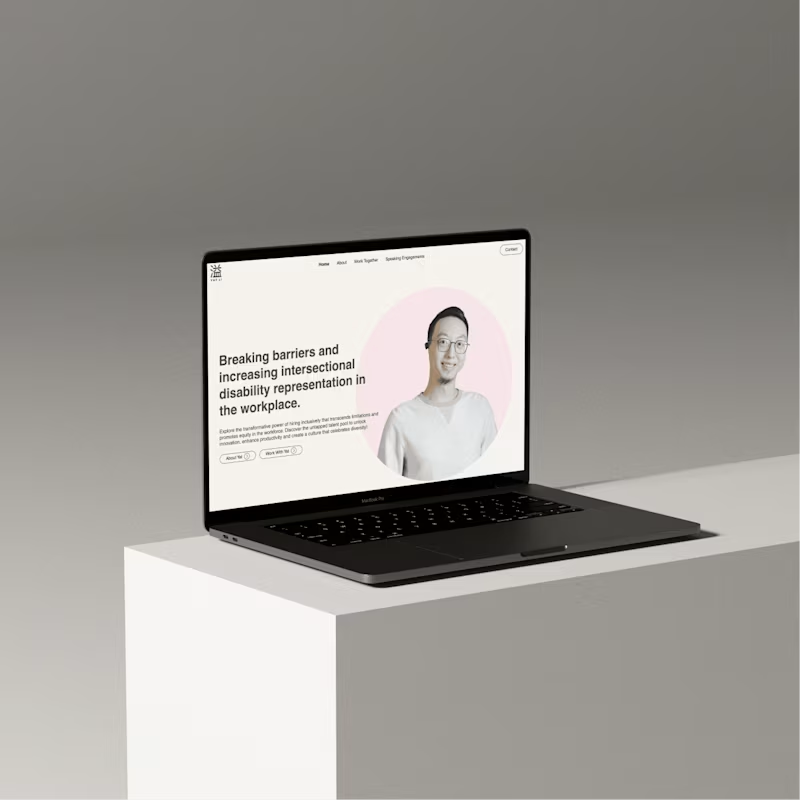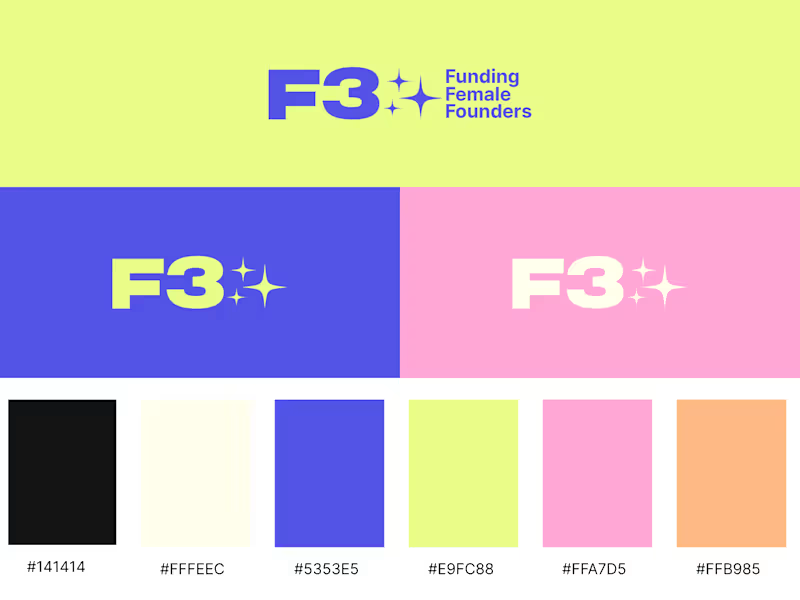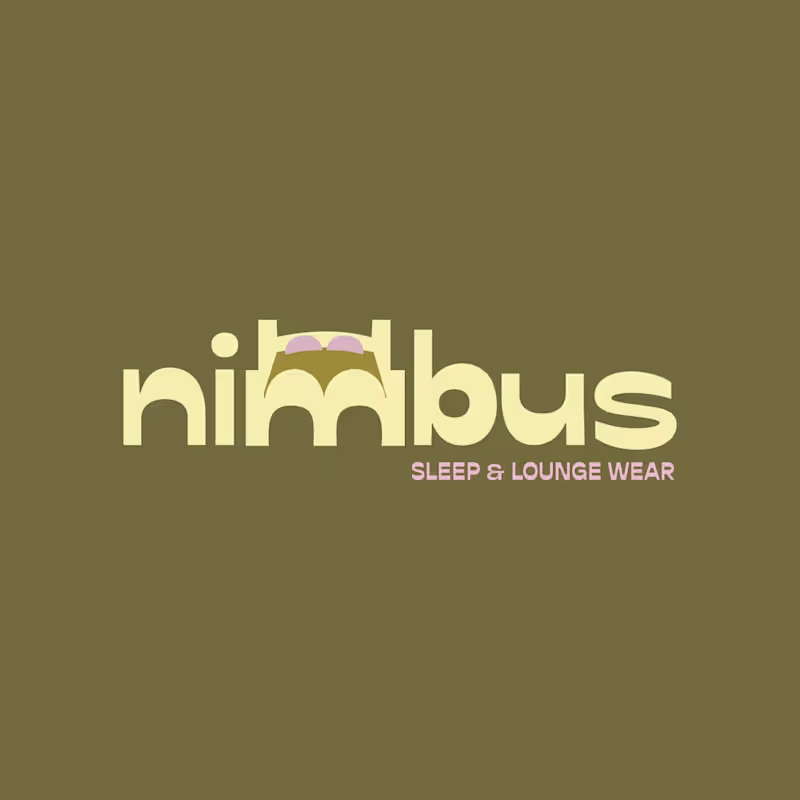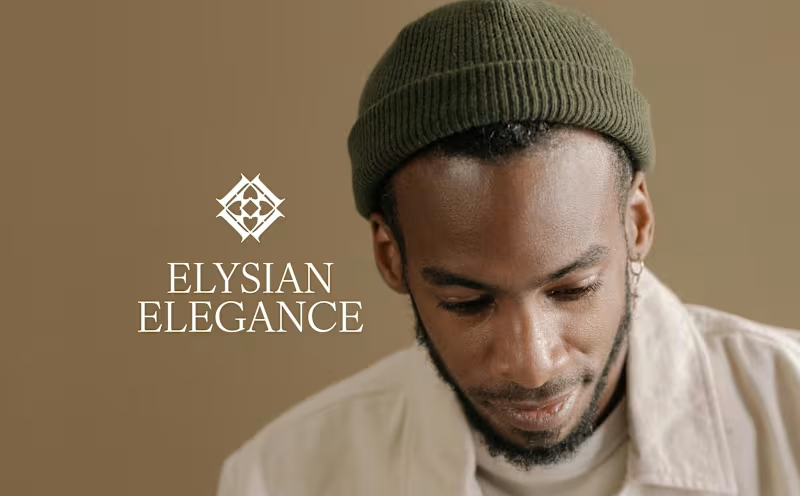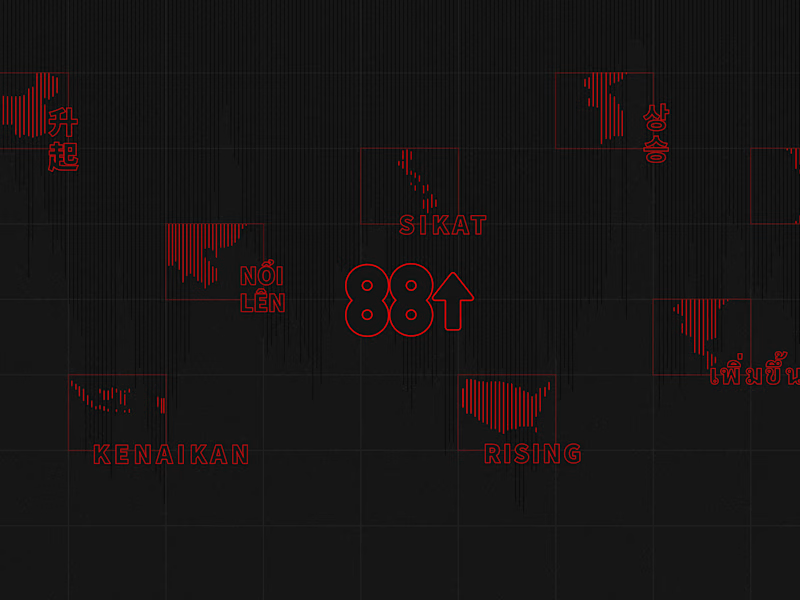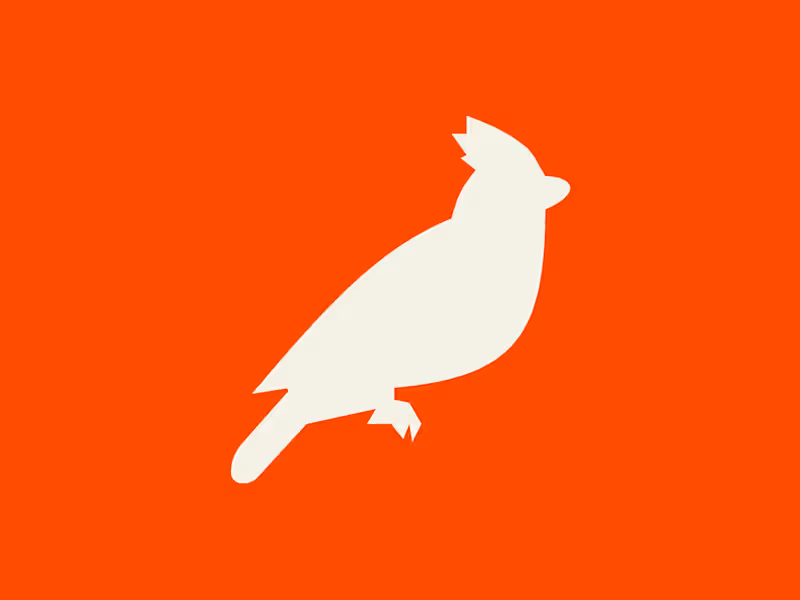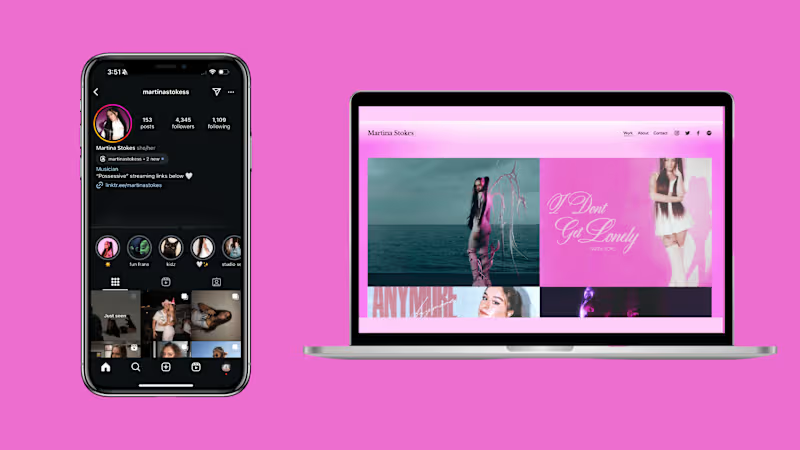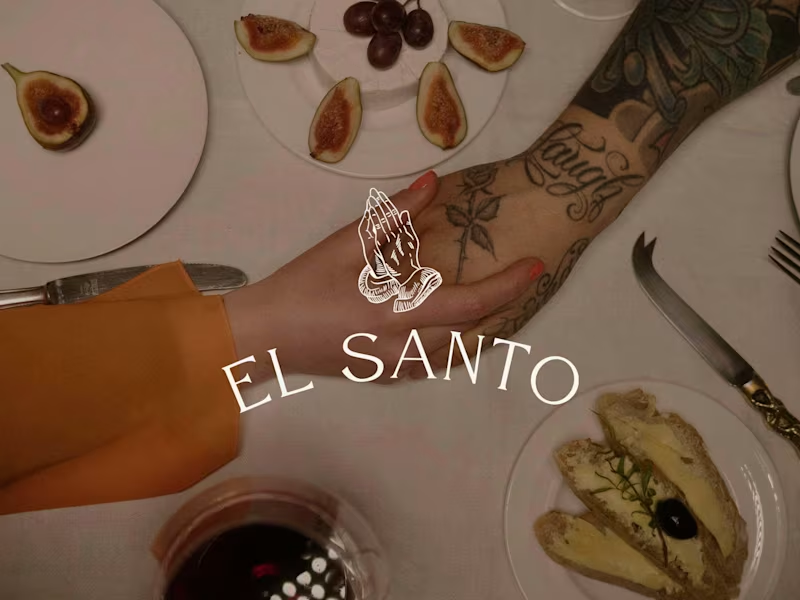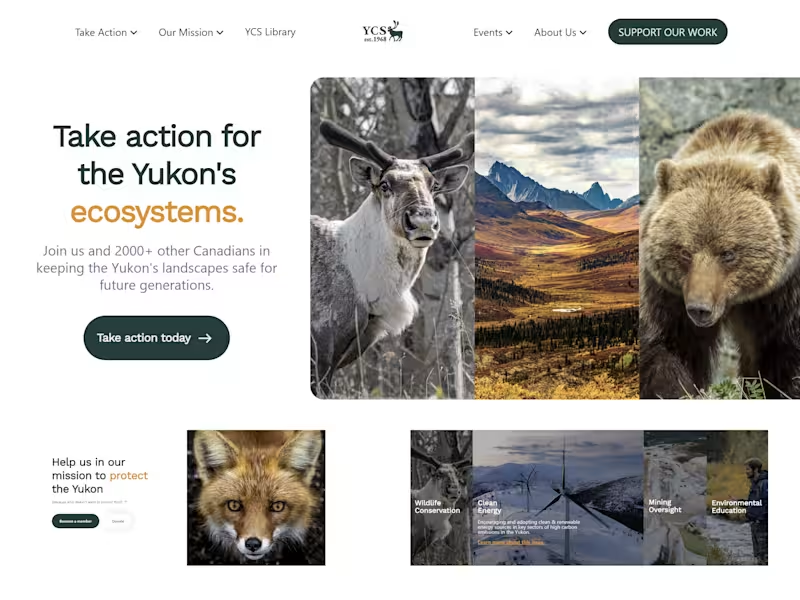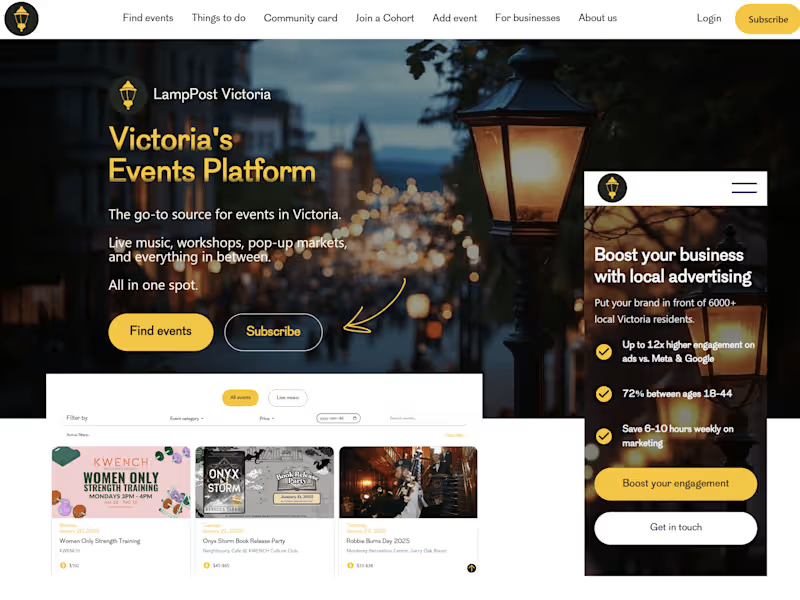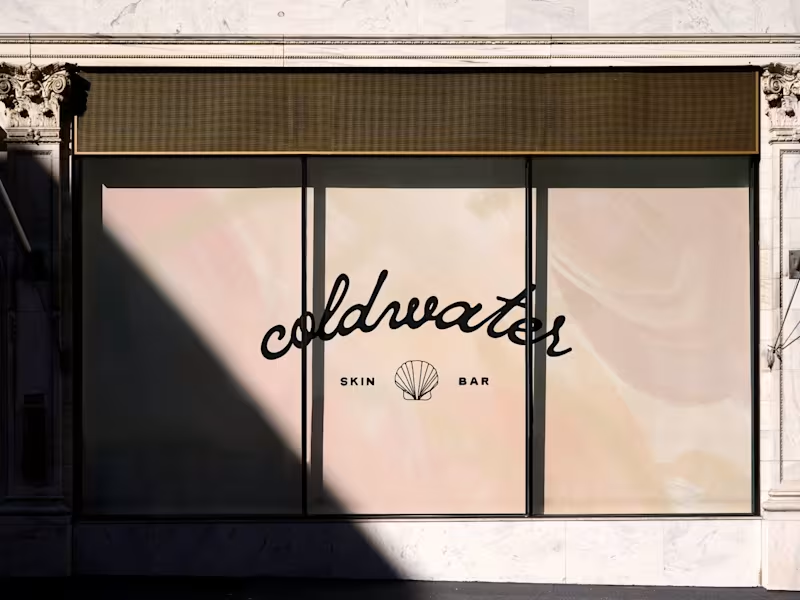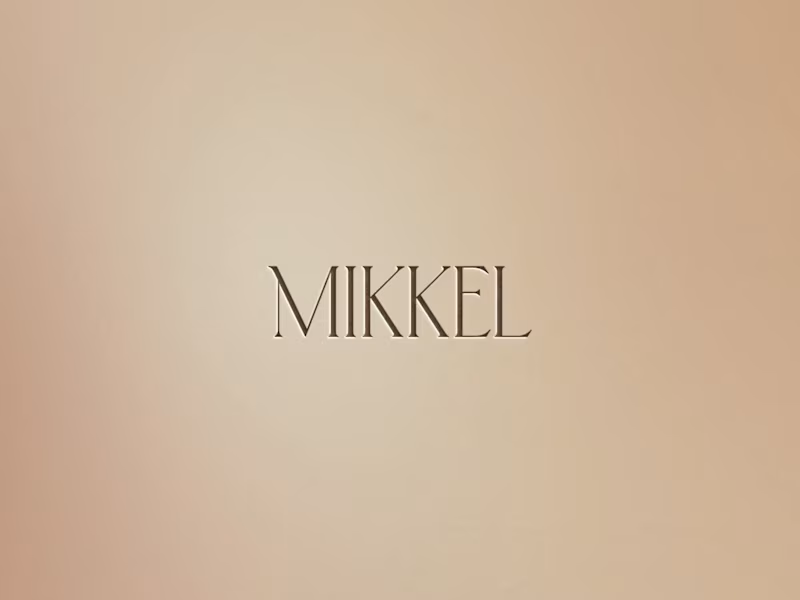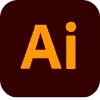What should I include in my project brief for a brand designer?
A project brief should explain your brand's values, vision, and mission. Describe your target audience. Include details about what design elements you need, like logos or packaging. Highlight any specific styles or colors you like. This helps the designer create work that matches your brand's personality.
How do I evaluate a brand designer's portfolio?
Look for a consistent style in their work that matches your brand's needs. Check if their designs are diverse and adaptable to different projects. Strong portfolios often show their ability to deliver unique and effective brand solutions. Ask yourself if their past work captivates and communicates effectively. This helps ensure they can meet your project's requirements.
Why is understanding my company's story important for a brand designer?
Your company's story gives the designer insight into your brand’s roots. It helps them create designs that communicate your identity to the world. By understanding your story, they can craft elements that resonate with your audience. This allows for branding that’s authentic and memorable. Good design aligns with foundational narratives for greater impact.
Should I ask for conceptual sketches before finalizing a design agreement?
Yes, ask for conceptual sketches to visualize the designer's ideas. This helps you see their initial vision for your brand. It's a chance to give feedback before anything is finalized. It saves time and ensures alignment in your project's direction. Start with sketches to guide the process.
How do I set clear deadlines for a brand design project?
First, list all deliverables and when you need them by. Be realistic about the time required for each step of the design process. Communication is key; discuss timelines with your designer to ensure they agree. Setting clear deadlines keeps the project on track. Regular check-ins can help avoid any misunderstandings.
What payment structure should I suggest for a project with multiple design phases?
Consider a milestone payment structure for projects with multiple phases. Pay a portion at the start, then staged payments after each completed phase. This aligns with the project's progress and motivates consistent work. It ensures both parties are committed to each stage. Milestones help manage expectations for you and the designer.
How can I ensure brand designs align with local British Columbia trends?
Research current design trends locally to guide your project's style. Share findings with your designer so they’re aware of what’s popular. Encourage the designer to incorporate elements unique to British Columbia if it aligns with your brand. Staying updated with local trends can make your brand more relatable. Use these insights to effectively target local audiences.
Why is it important to discuss brand consistency across different materials?
Brand consistency ensures your audience recognizes your story and values everywhere. Discuss how your designs will look on different platforms such as websites, brochures, or packaging. Consistent imagery and style rules strengthen your brand identity. It maintains trust and helps customers remember you. This alignment across materials maximizes your brand’s impact.
How can British Columbia's natural environment influence my brand design?
The nature in British Columbia offers rich inspiration for color schemes and themes. Let the lush landscapes or coastal vibes be part of your brand design. This connection can attract audiences who value nature. Including local environmental elements can make your brand feel grounded and authentic. Collaborate with your designer on incorporating these elements into your brand identity.
What steps can I take to encourage creative collaboration with my brand designer?
Start by creating an open line of communication where ideas are freely exchanged. Regularly share feedback and listen to the designer's expert advice. Encouraging brainstorming sessions can lead to innovative ideas. Make sure to acknowledge the creative process's ups and downs. Mutual respect and enthusiasm fuel successful collaborations.
Who is Contra for?
Contra is designed for both freelancers (referred to as "independents") and clients. Freelancers can showcase their work, connect with clients, and manage projects commission-free. Clients can discover and hire top freelance talent for their projects.
What is the vision of Contra?
Contra aims to revolutionize the world of work by providing an all-in-one platform that empowers freelancers and clients to connect and collaborate seamlessly, eliminating traditional barriers and commission fees.
